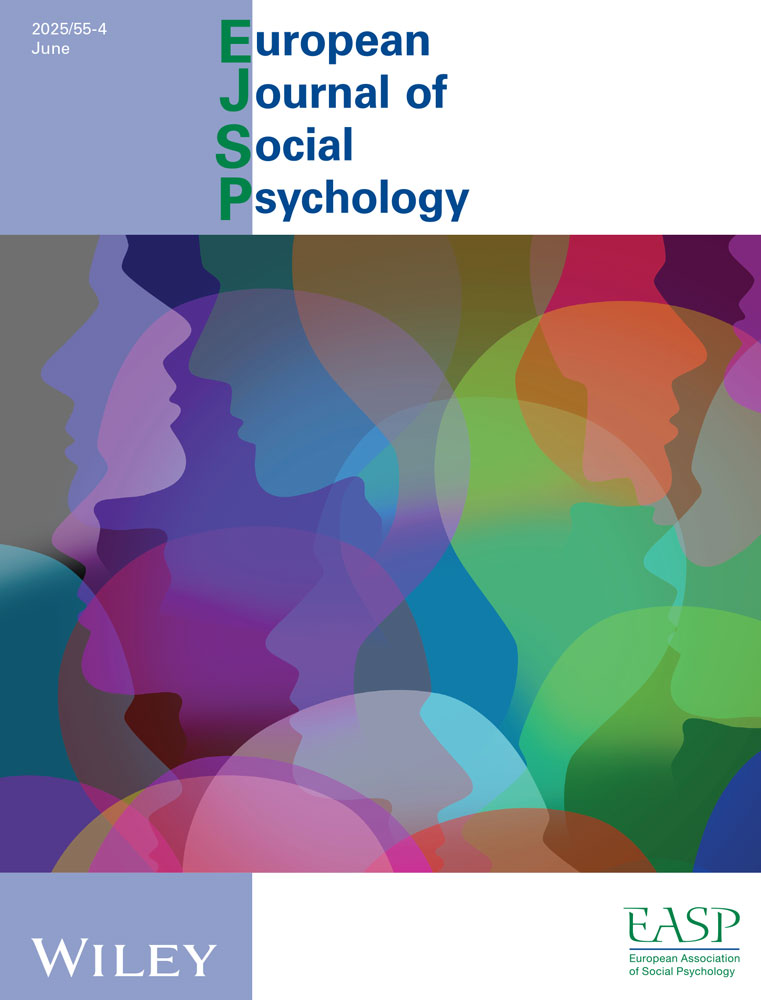‘Perceived ownership’ or cognitive dissonance?
Abstract
In 1992 a study by Beggan claimed it had confirmed the existence of Nuttin's ‘mere ownership effect’. This study examined an alternative mechanism for Beggan's findings in the form of forced compliance cognitive dissonance. Seventy-three participants volunteered for the study (66 females and seven males). Results support the view that cognitive dissonance, accepting ownership of a target that was earlier perceived with negative affectivity, is a sufficient condition to enhance estimates of a target object. Ownership per se was not found to be a sufficient condition to enhance owner's estimates of an owned object. In light of this finding cognitive dissonance is offered as a possible mechanism for explaining the previous reports of a perceived ownership effect. This mechanism may also be applicable to instant endowment and mere ownership phenomena. Copyright © 2005 John Wiley & Sons, Ltd.




